After 19 years, you’d think I’d be more set in my ways. And yet, every time I think Apple has succeeded at pushing me away from the Mac, there’s always something that draws me back in.
And this time, I’m staying for good.
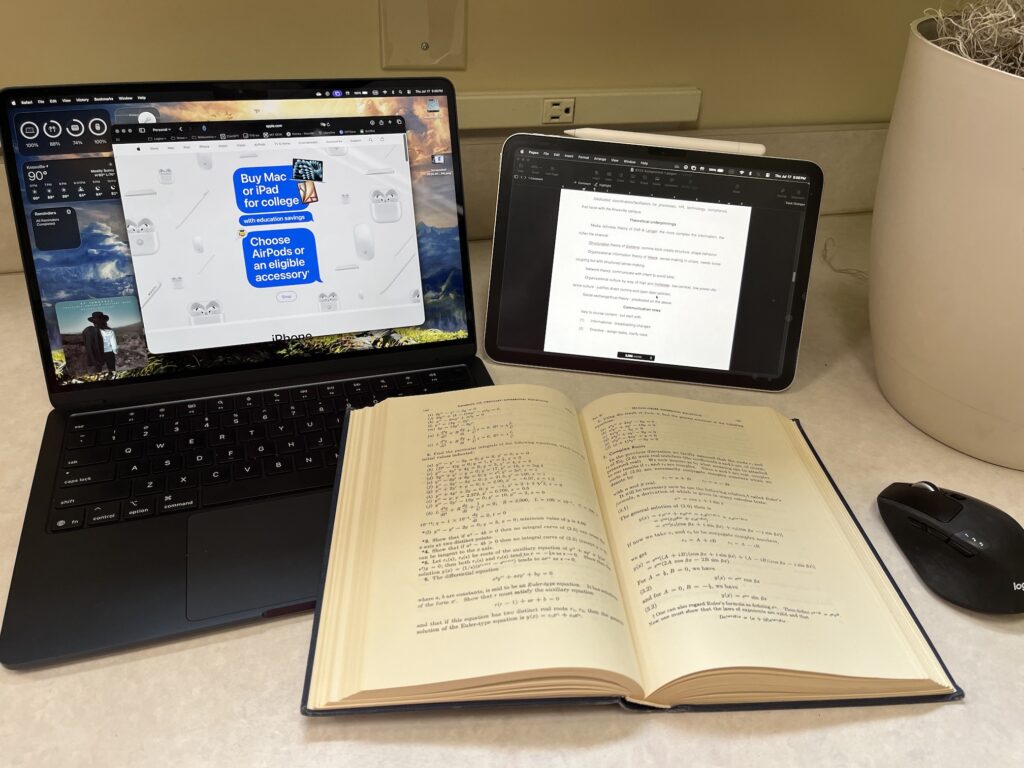
History
Nineteen years is actually a bit of a misstatement, as I’ve been a Mac user for most of my 37 years. The very first computer I ever used was a Macintosh LC 575 at the tender age of six. In the years to come, I used a variety of other LCs, Performas, and other beige Macs, finally discovering the joys of PowerPC in 1997 or 1998 behind a Performa 5200, one of the worst Macintoshes ever made. In 1999, I saw my first blue & white iMac, and from there, my love of Apple only deepened. In the years that followed, I learned a lot about Windows PCs, inheriting the erstwhile family PC from my mom and using it to write a lot of schoolwork in my teen years. In 2006, though, I decided to do something I had always aspired to do: I bought my very first MacBook.
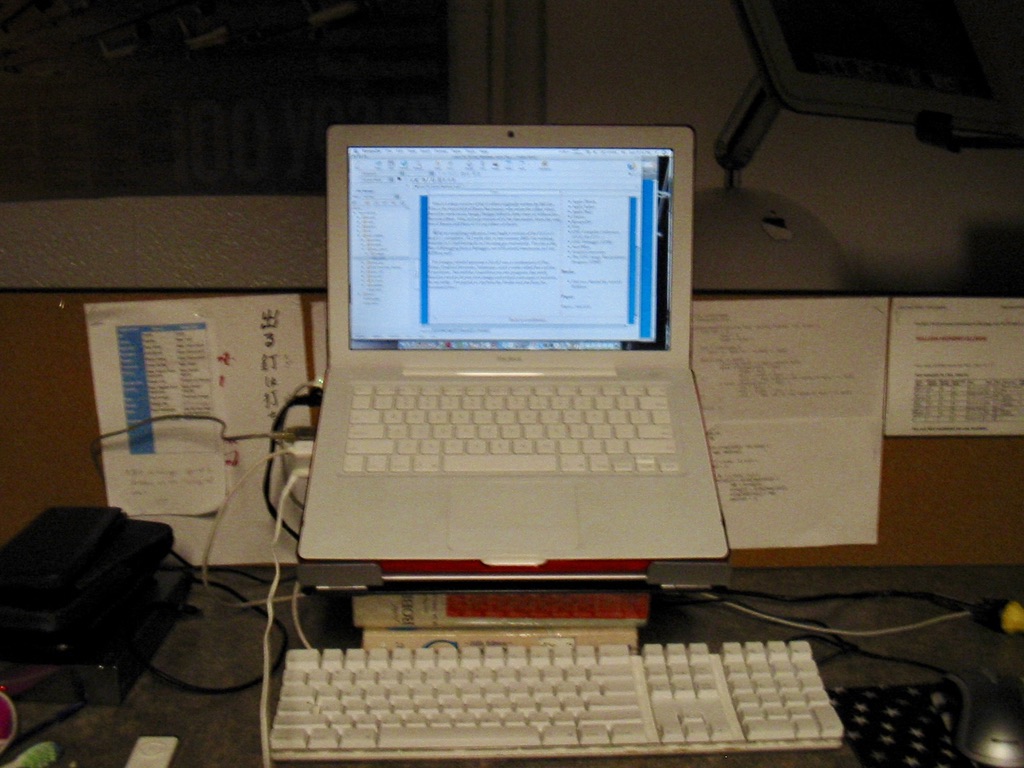
I used my white plastic MacBook from November 2006 until February 2009, when it gave way to a machine that I needed for my computer science degree, namely a Lenovo ThinkPad that ran Ubuntu Linux. I kept the MacBook on reserve, though, supplementing it with a black PowerBook G3 and a “Digital Audio” Power Mac G4. I heavily romanticized the PowerPC era of Apple as a college student, and I dragged five years of purposeful use out of the already aging G4 and about as much out of the PowerBook.
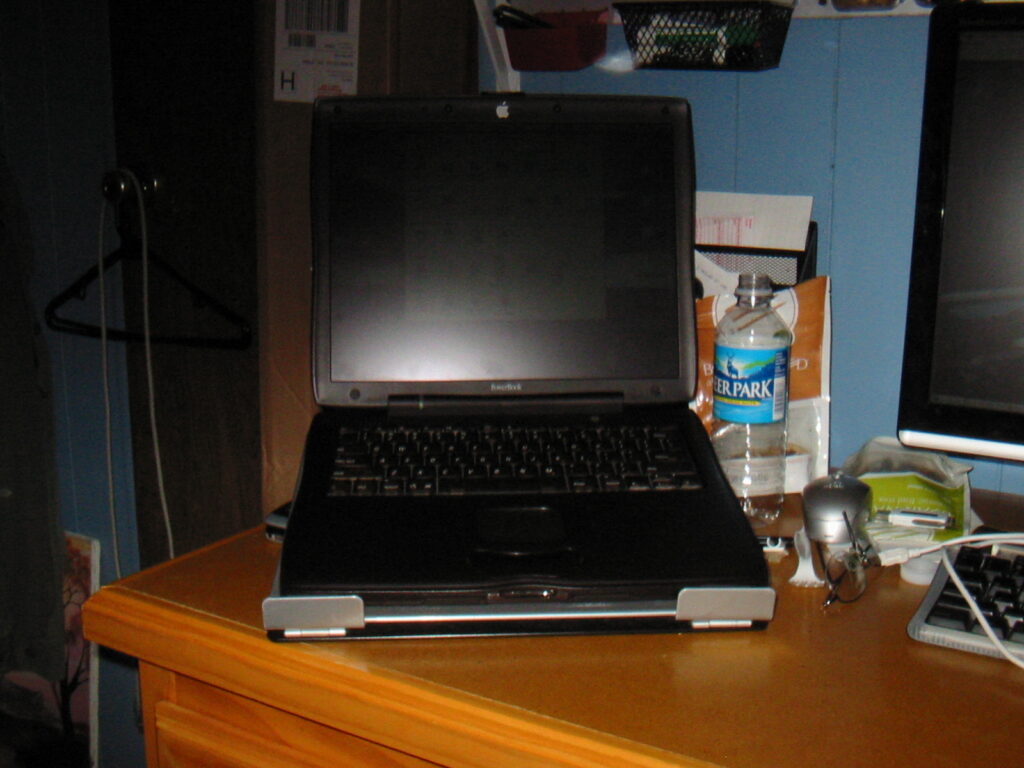
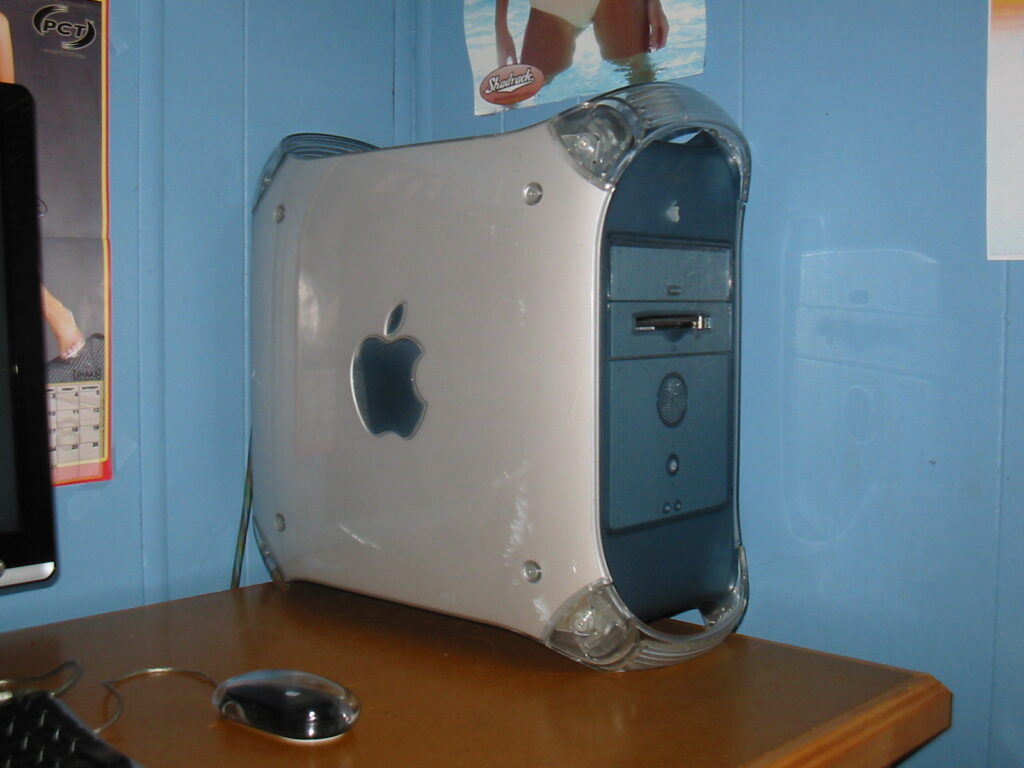
Things didn’t go well after college, and I spent the next seven years limping along with whatever hardware I could afford from eBay. I ended up with a second white plastic MacBook and tried the Hackintosh thing with my gaming PC (which worked out surprisingly well during the age of Snow Leopard), but for the most part, I disregarded Apple as the brand you bought when you had more money than sense.
When I got into the healthcare business, I immediately seized upon the first Mac I could find that was even somewhat affordable: a 2012 MacBook Air. It was a nice laptop, and its ownership ended up being cut short when Apple discontinued 32-bit app support in macOS Catalina. I sold the laptop on eBay, bought a Dell Inspiron running Windows 10, and wrote off the Mac platform. I continued to enjoy my iPhone and iPod products, though, so clearly I wasn’t completely cut loose from Apple.
In 2021, I completed a coding boot camp as part of an attempt to get into the software development profession, something that I couldn’t manage right out of college. It ended poorly, with one interview experience that couldn’t have gone much worse had I tried, but one thing I took away came in 2022 when I bought an M1 Pro MacBook Pro, pictured below with my Leatherman, my SteelSeries mouse, and my PSP.
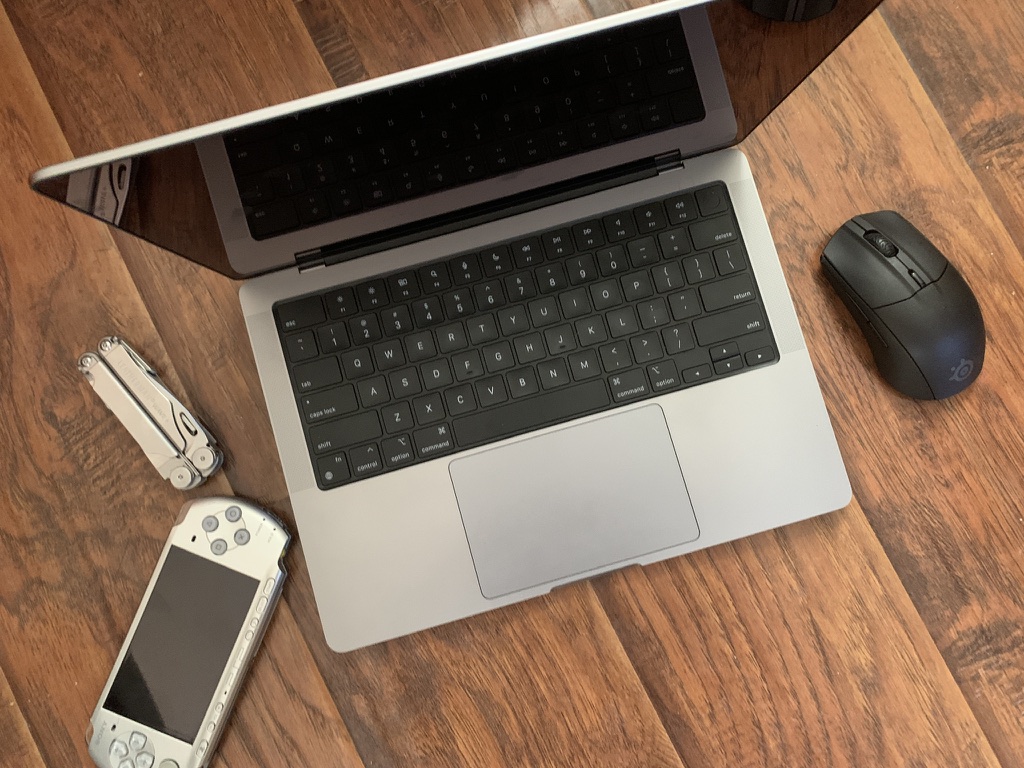
I fucking adored my first MacBook Pro. To this day, it remains the finest laptop I have ever had the privilege of owning; Apple got everything right about the design; it is truly the iPhone 6S of laptops (because, no arguments please, the iPhone 6S was Apple’s finest hour as a smartphone designer).
I sold it because I needed the money, and it hurt to sell it and pick up a cheap ThinkPad X13s to keep the ARM streak alive (that’s a story for another post). Earlier this year, I decided to come back to Mac on my terms, and that led to the MacBook Air I’m writing this post on. And with Windows 11 circling the drain and Linux still feeling like amateurish trash, I’m here to stay.
My return to the Mac also led to my recent acquisition of one of Apple’s most iconic – and divisive – hardware designs, namely the “trashcan” Mac Pro (2013-2019, Apple’s longest-lived Macintosh computer).
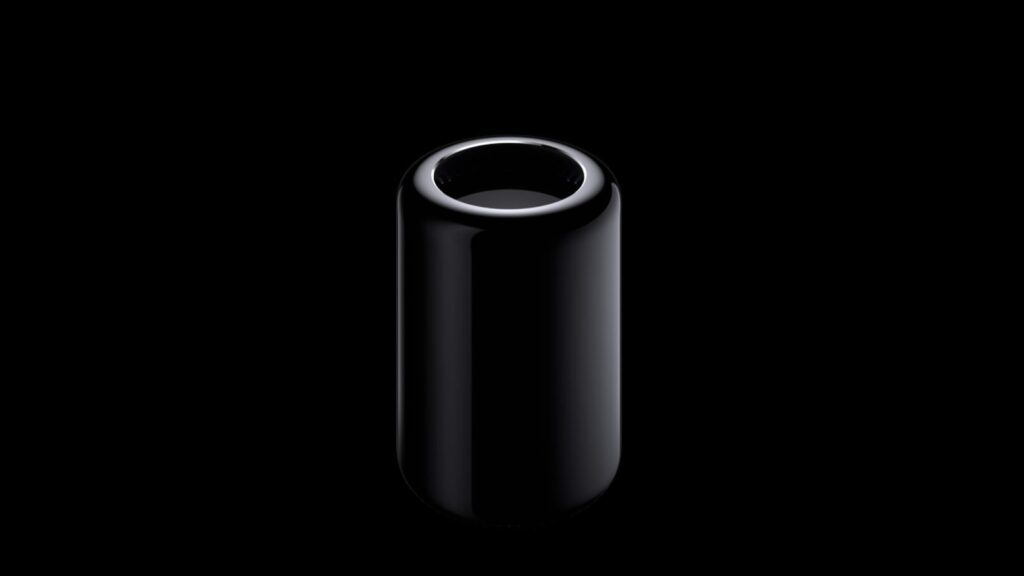
I will go on the record right now as loving this stupid idiot of a computer1. No, it is not a professional-grade workstation, not even close (and it wasn’t even that by the standards of its era). If you need to use capture cards, multiple graphics cards, or any application that would generate a lot of heat, this is not the machine for you. But still I love it: it looks like something that still belongs on the set of a science fiction movie (and sick as hell on my own desk); while Apple did paint itself into a corner with the thermal core design, there has never been anything else quite like it. I’m still sad Apple didn’t resurrect the trashcan design for the Mac Studio when that product debuted in 2023. When my Mac Pro finally gives its last under macOS Tahoe2 in 2028 or 2029, I fully expect to switch it out for a Mac Studio – and it will be a sad day when it comes. But for the interim three or four years? I will use, maintain, and utterly adore my two trashcan Mac Pros – one pulling primary duty as my main desktop and the other serving as an incredibly sleek file server hooked up to an old Thunderbolt 2 RAID.
The trashcan Mac Pro reminds me a lot of another iconic but constrained design, specifically the Power Mac G4 Cube from 2000.
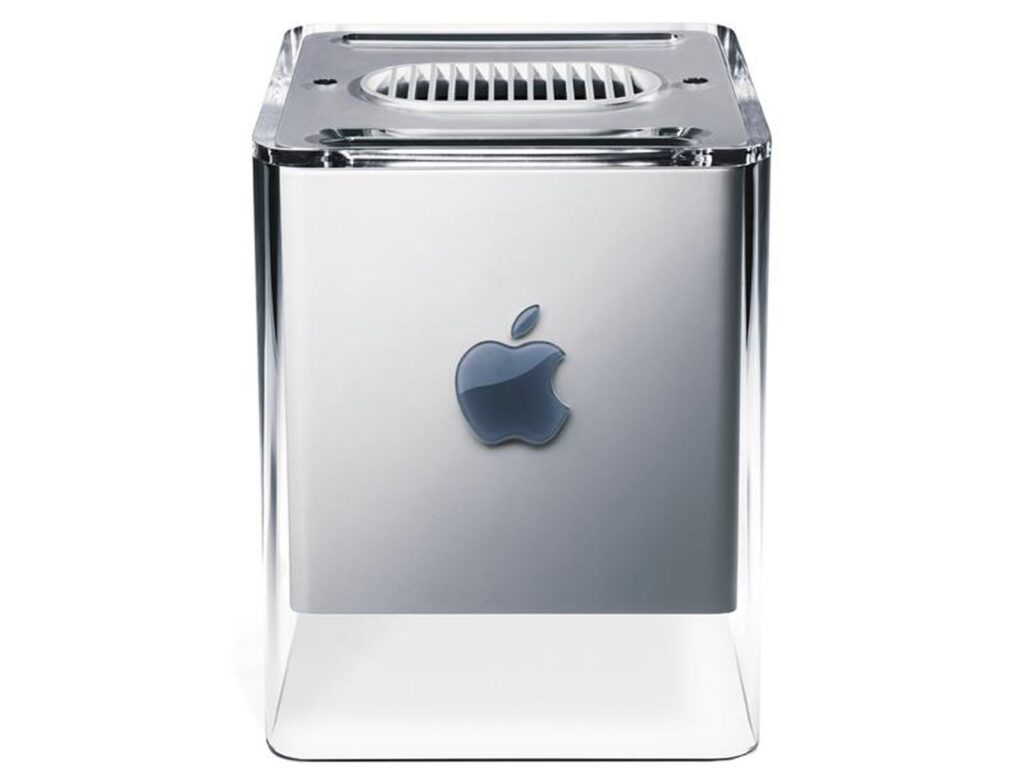
Like the Mac Pro of 2013, the Cube was a surprisingly upgradable little computer that could take faster processors, up to a gigabyte of RAM (stratospheric for its era), and faster GPUs – and if you knew what you were doing, you could push it all the way to Mac OS X Leopard, which came out in 2007. And much like the 2013 Mac Pro, the Cube still looks amazing sitting on a desk even 25 years later.
Legacy
By my count, I’ve owned at least 21 different Macs since 2006, including six PowerPC laptops, five Intel laptops, two Apple silicon laptops, three PowerPC desktops, four Intel desktops, and one 68k compact Mac. I’ve also owned four iPods, three iPhones, three iPads, two sets of AirPods, and several accessories such as my beloved Apple Pencil, two Mighty Mice, and several Apple keyboards. To say that I’m a major Mac fan is a severe understatement, and while I’ve owned a bunch of different computers over the years, Apple by far represents the largest share of ownership of any brand I’ve been invested in. (As a point of comparison, Dell is the next brand in the list, and I have only ever owned four Dell computers.) I would conservatively estimate that I’ve owned somewhere around 60 different computers, smartphones, and tablets over the past 25 years – and for Apple to represent half of that ownership share says something about me.
You could argue that it says several things, but I’m going to let you be the judge.
Coda
Extreme Computing is a blog for the lifelong computer enthusiast, the one who remembers what it was like to tote your Pentium III to LAN parties, the one who remembers the marching line of extensions when your Mac booted up, the one who remembers how it felt to finally get your first laptop and experience the joys of browsing Facebook on the toilet in those heady days before the smartphone hijacked our attention spans. This blog is an act of rebellion against the dopamine-addicted mainstream, a paean to what computing used to be, and a rallying cry toward what it can still become. Here, I’ll talk about upgrades, repairs, stupid tricks, reminiscences, and the increasingly lost art of creating, not consuming, with our computer hardware.
Footnotes
- I contend that the 2013 Mac Pro is the last vestige of Steve Jobs’ impact upon the company. Although it was released two years after his passing, everything about the design screams peak Jobs. That machine represents the death of Apple’s weird, experimental streak, before it became a luxury brand, and if you look at it as a latter-day answer to the G4 Cube instead of the successor to the 2012 cheese-grater, it makes a lot more sense. ↩︎
- Not a misprint. Through OpenCore Legacy Patcher, my Mac Pro should be just fine to run Tahoe, which will be the last macOS release for Intel processors. It absolutely sings under Sequoia and rarely shows its age. ↩︎